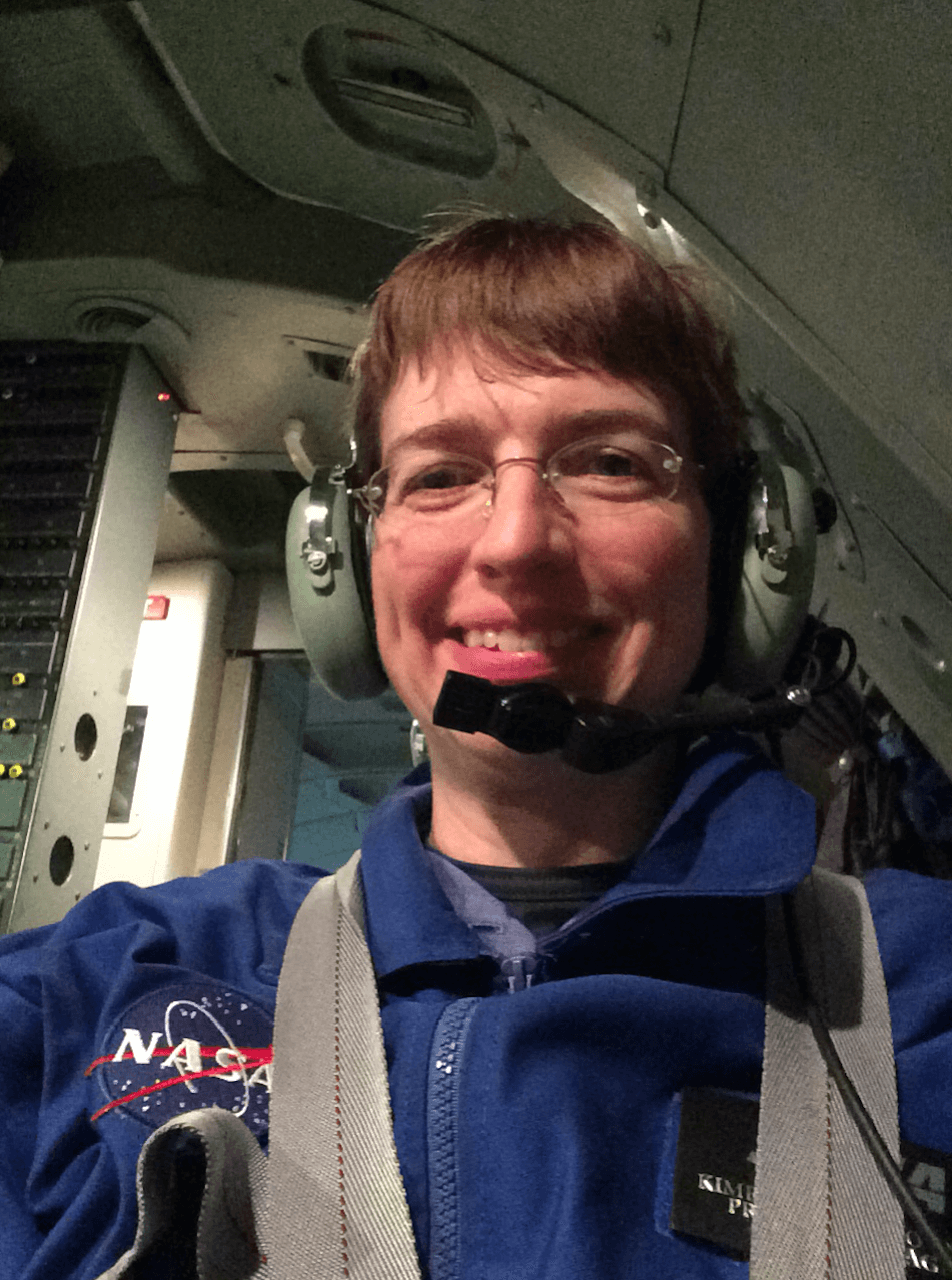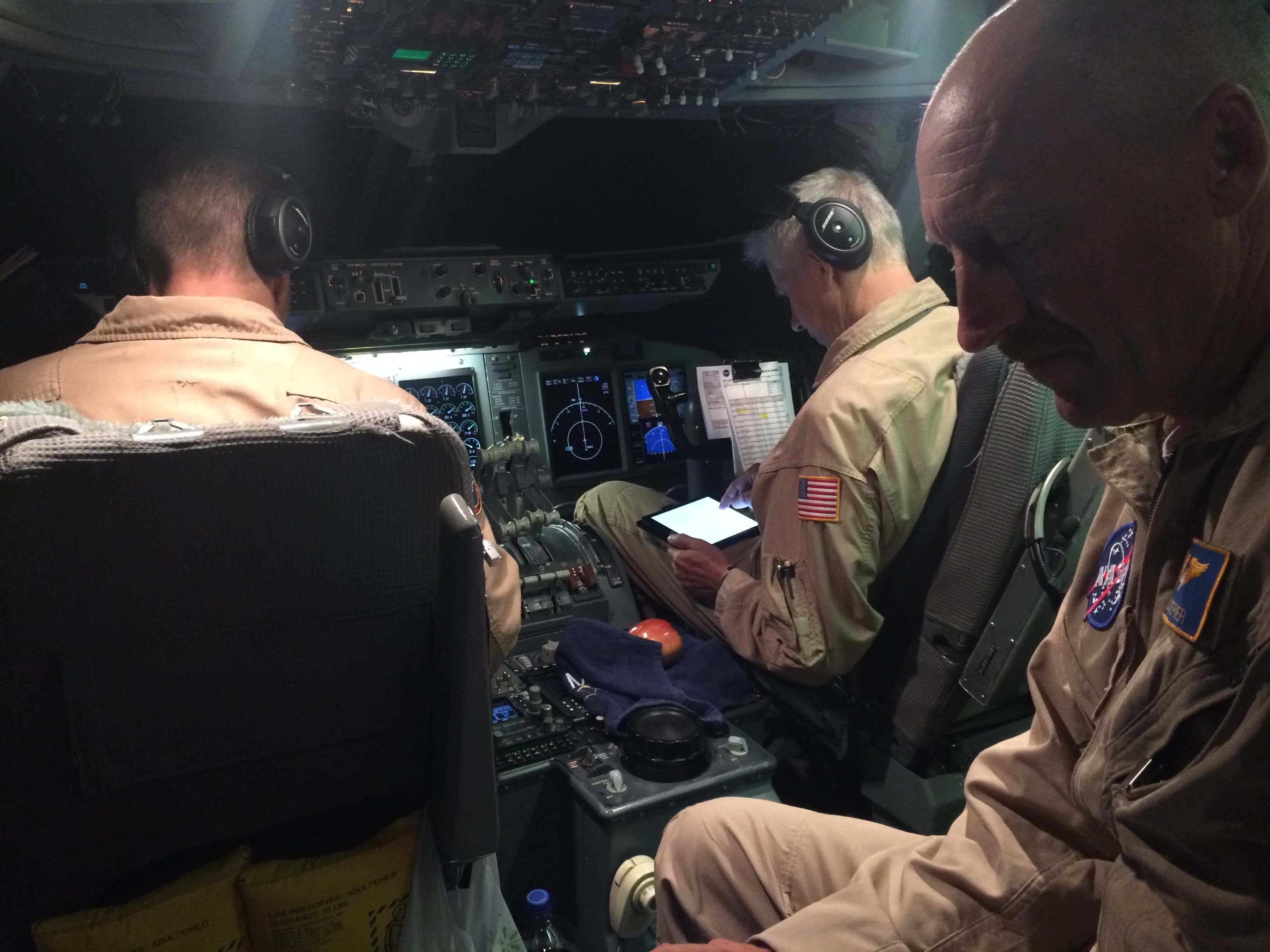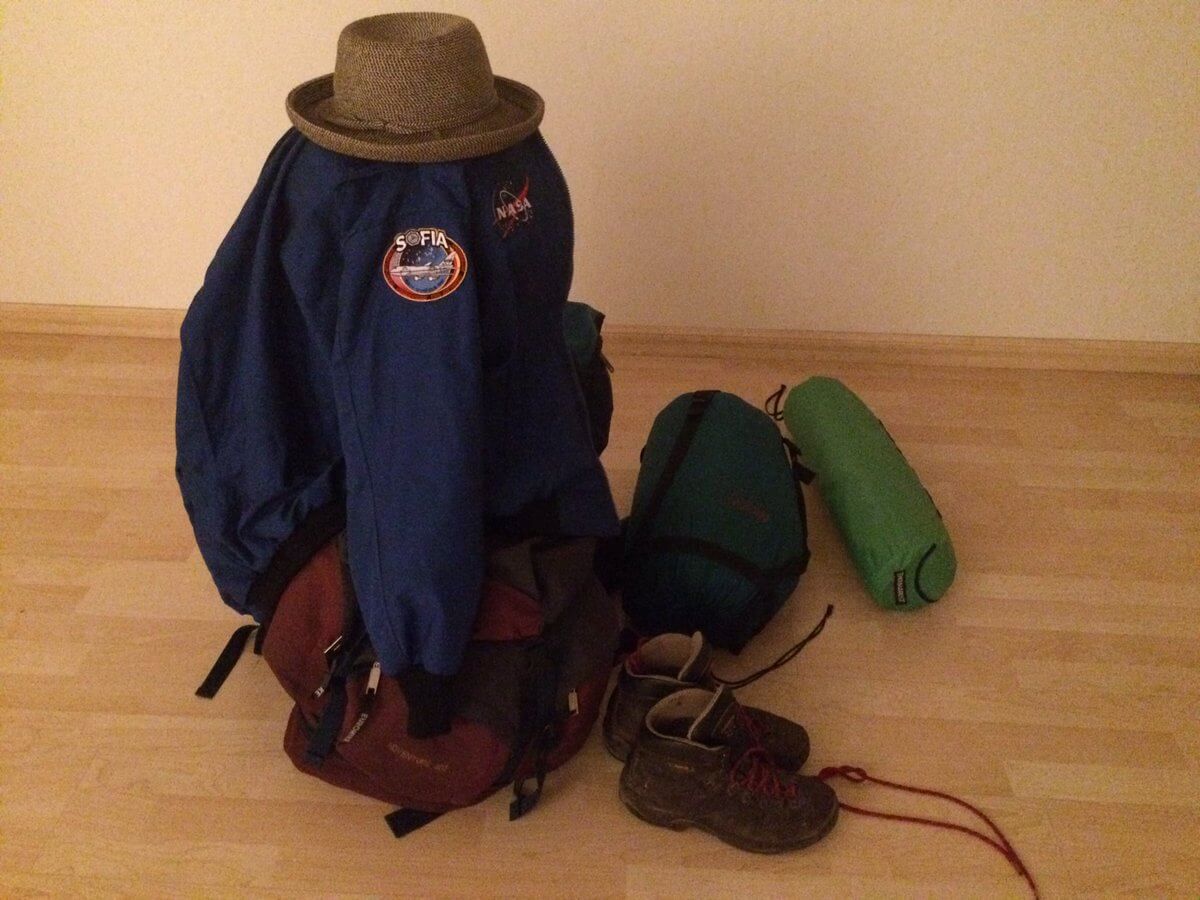June 24, 2017
Greetings from the flight line. 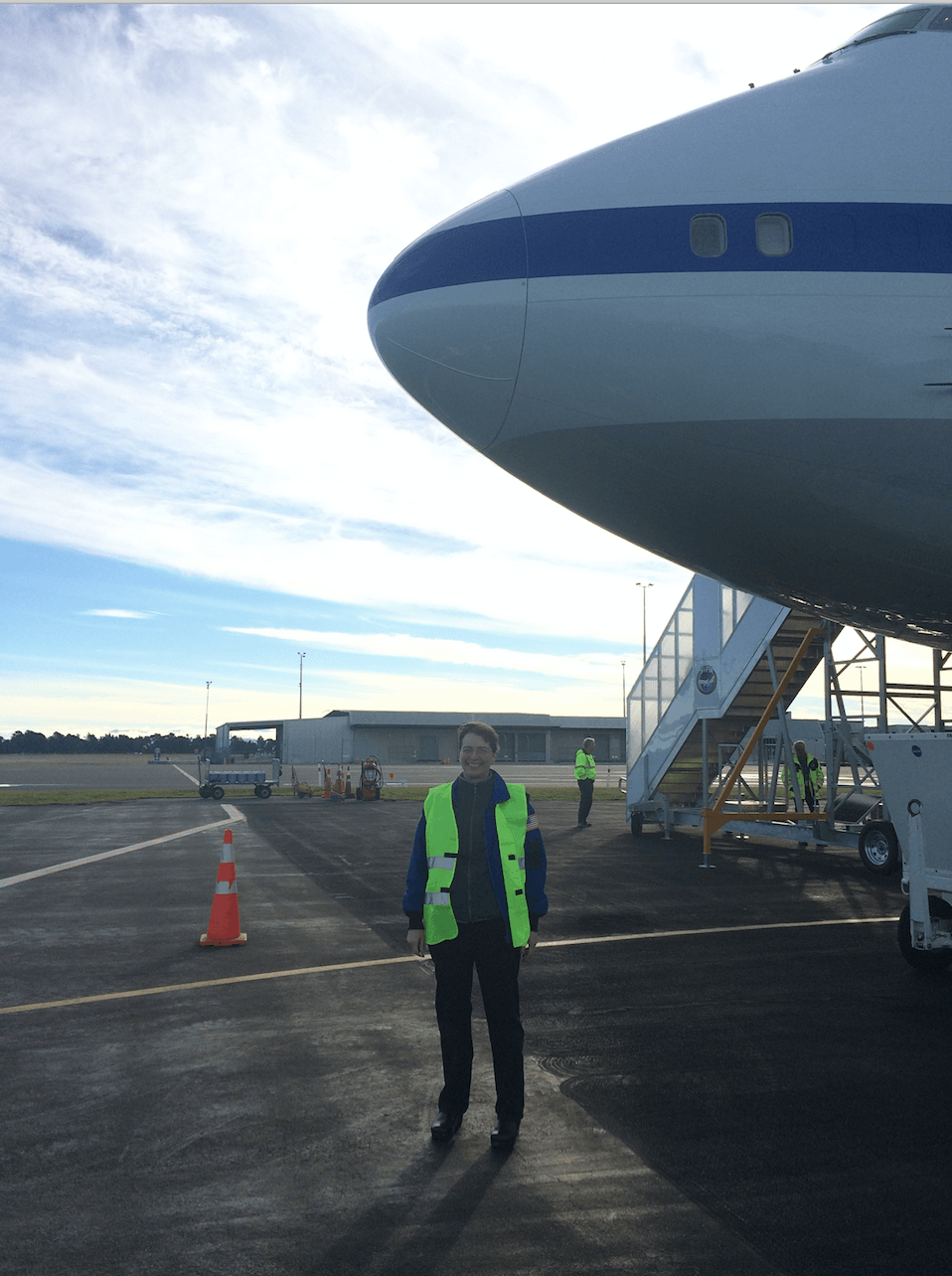
Kia Ora is a Maori word for “have life be well/healthy” used as a greeting or a farewell and expression of thanks. Tonight team SOFIA met the Vice Mayor Andrew Turner of Christchurch, plus professors from the neighbouring universities and members of the city council and parliament. The evening had a variety of conversations about history, astronomy, rockets (as New Zealand had just recently christened a new rocket launch facility on the north island), and rugby (as the All Blacks were playing the British/Irish Lions, and the All Blacks were ahead during the dinner).
After an exchange of greetings, the SOFIA project presented the City of Christchurch with German and US flags (SOFIA is an international partnership between NASA and the German Aerospace Center Deutsches Zentrum für Luft- und Raumfahrt [DLR]) flown at 45,000 feet as a thank you to the city’s support during these southern campaigns. In return a Maori symbol of intertwined two shoots was given to the SOFIA to represent the joining of two cultures.
I found myself speaking with a science teacher telling me about visits to science museums and the US Space Camp in Alabama and those trips’ influence on his students, a entrepreneurial woman trying out different Maker-Faire workshops with the University of Canterbury and Polytechnics in Christchurch, an Air Traffic Controller at Christchurch airport loving learning new things when supporting balloon launches by NASA and Google and when SOFIA comes to town, a professor of Maori history at the University, and a former Member of Parliament, and former Science Minister, Honorable Margaret Austin, an educator and biochemist by training, as she related what made her go into politics in the 1980s. A most fascinating evening with loads of conversations cut short as we had to depart by 9pm.

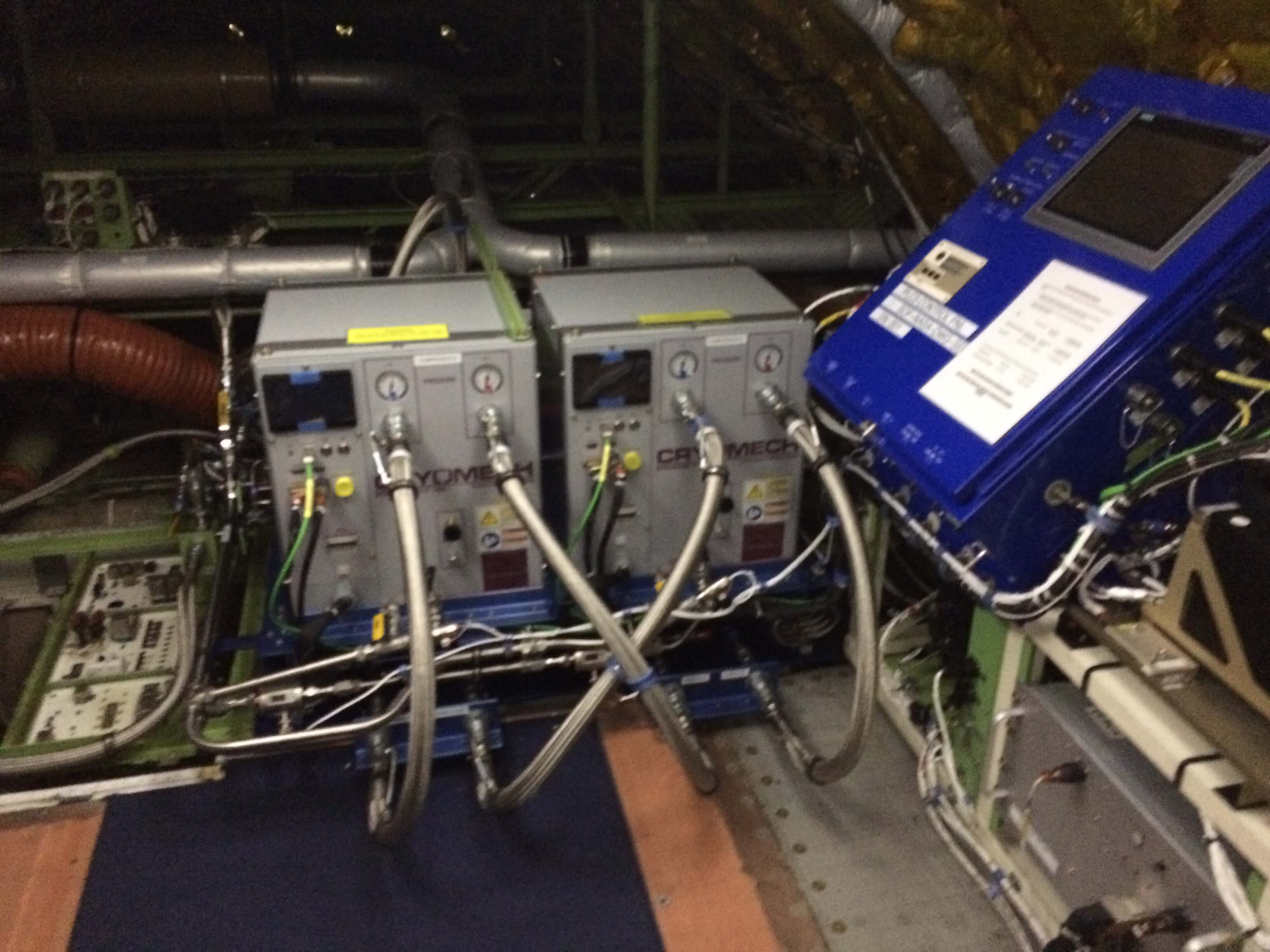 SOFIA’s new capability for science instruments – cryocoolers on the upper deck.
SOFIA’s new capability for science instruments – cryocoolers on the upper deck.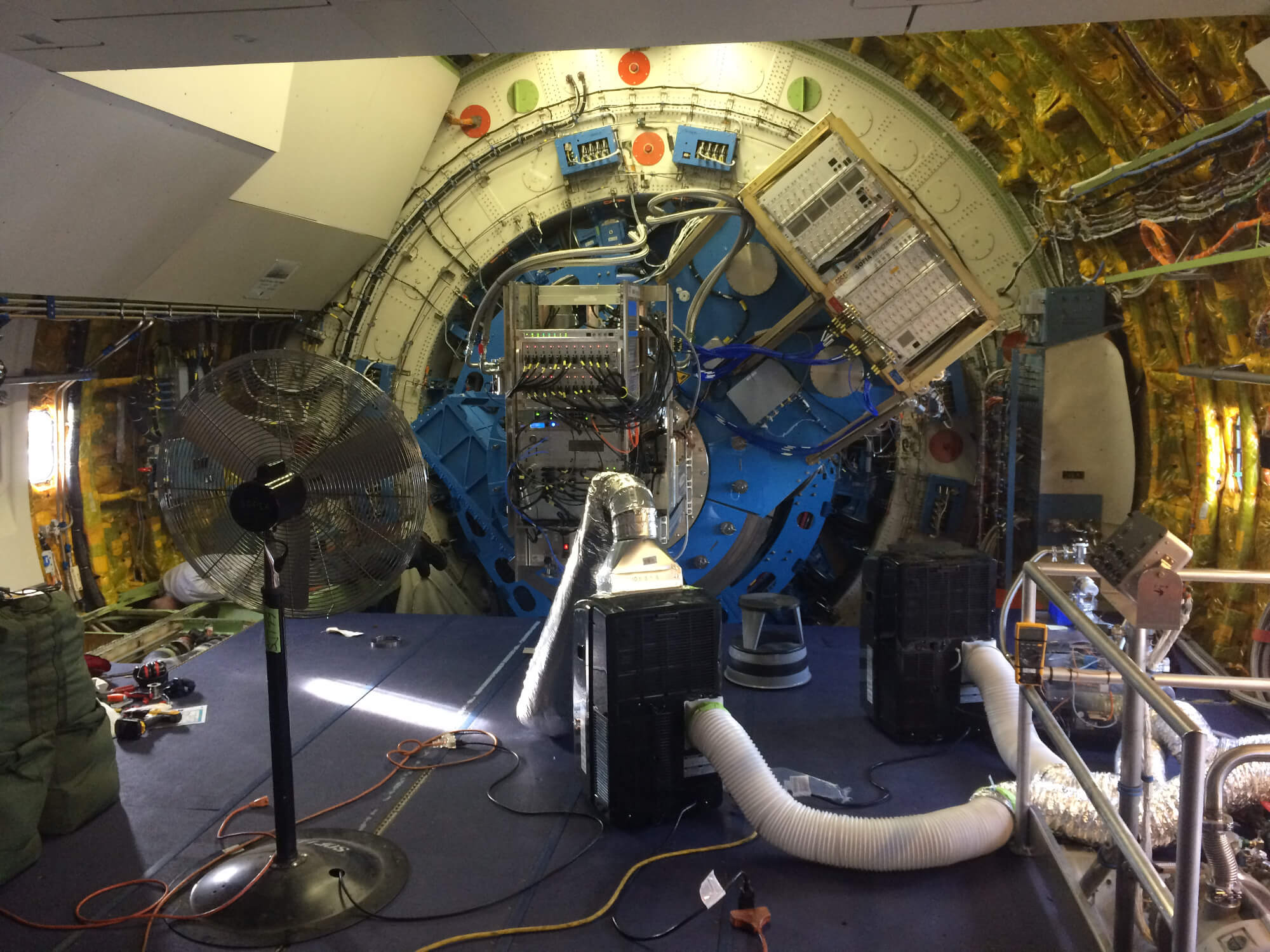 GREAT getting a pump & cool down.
GREAT getting a pump & cool down.